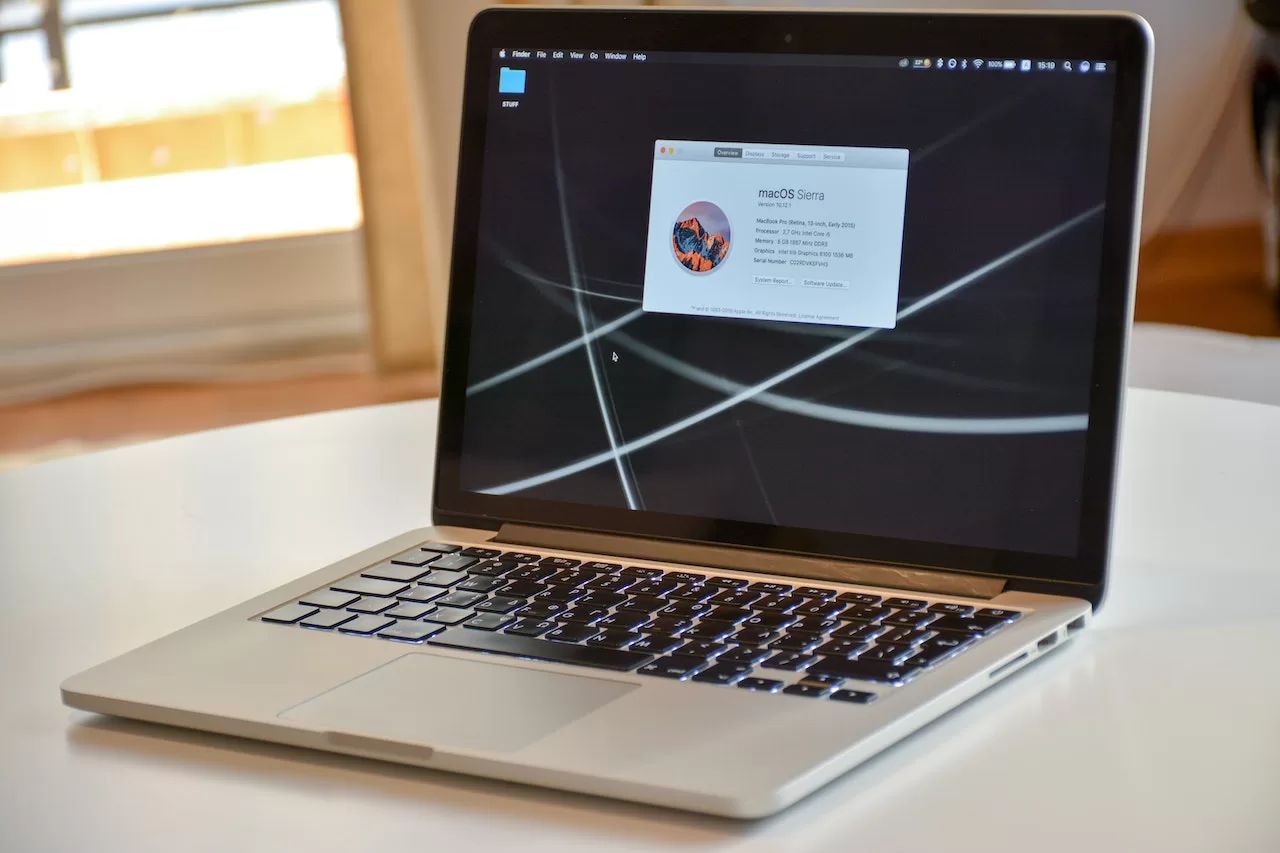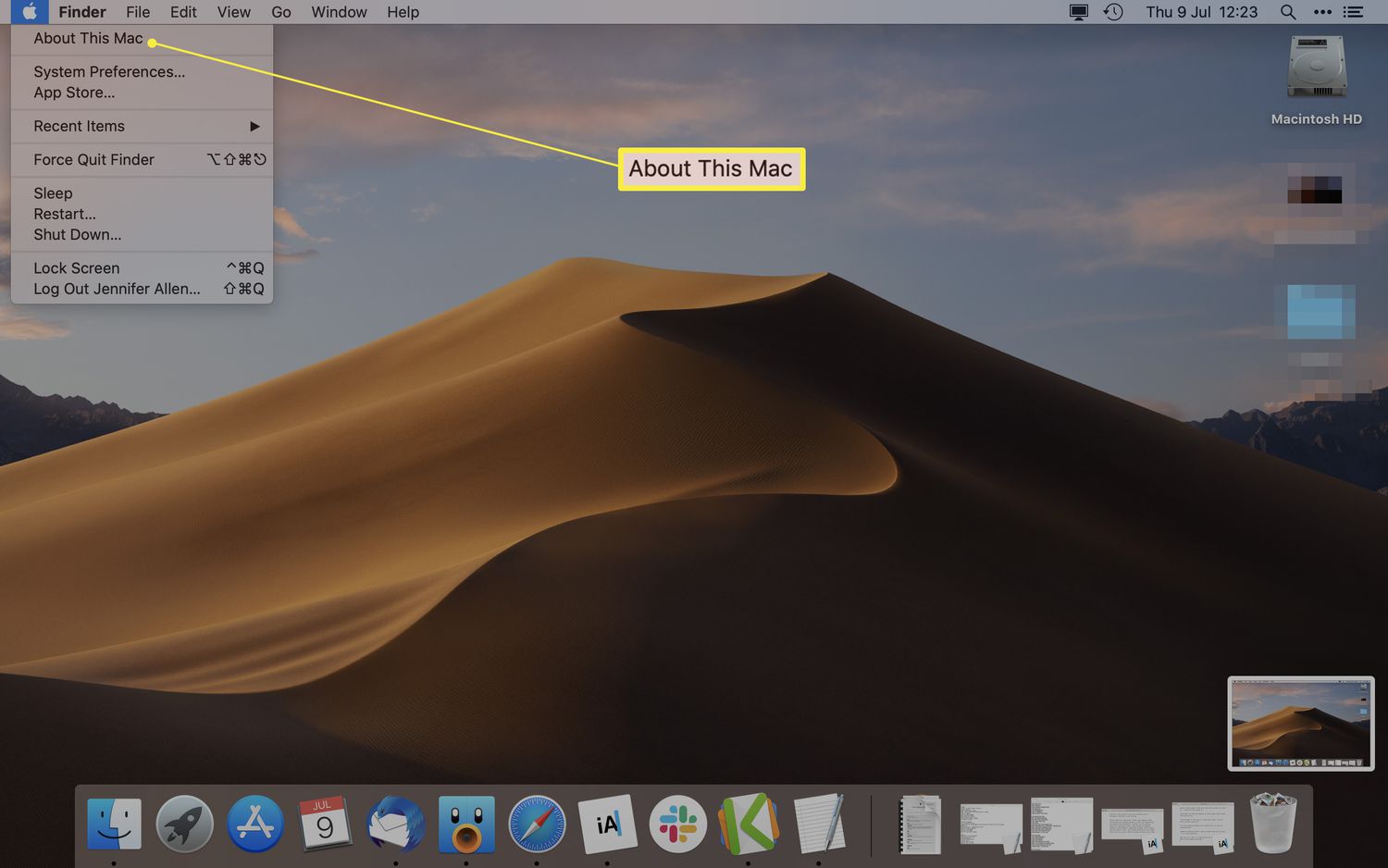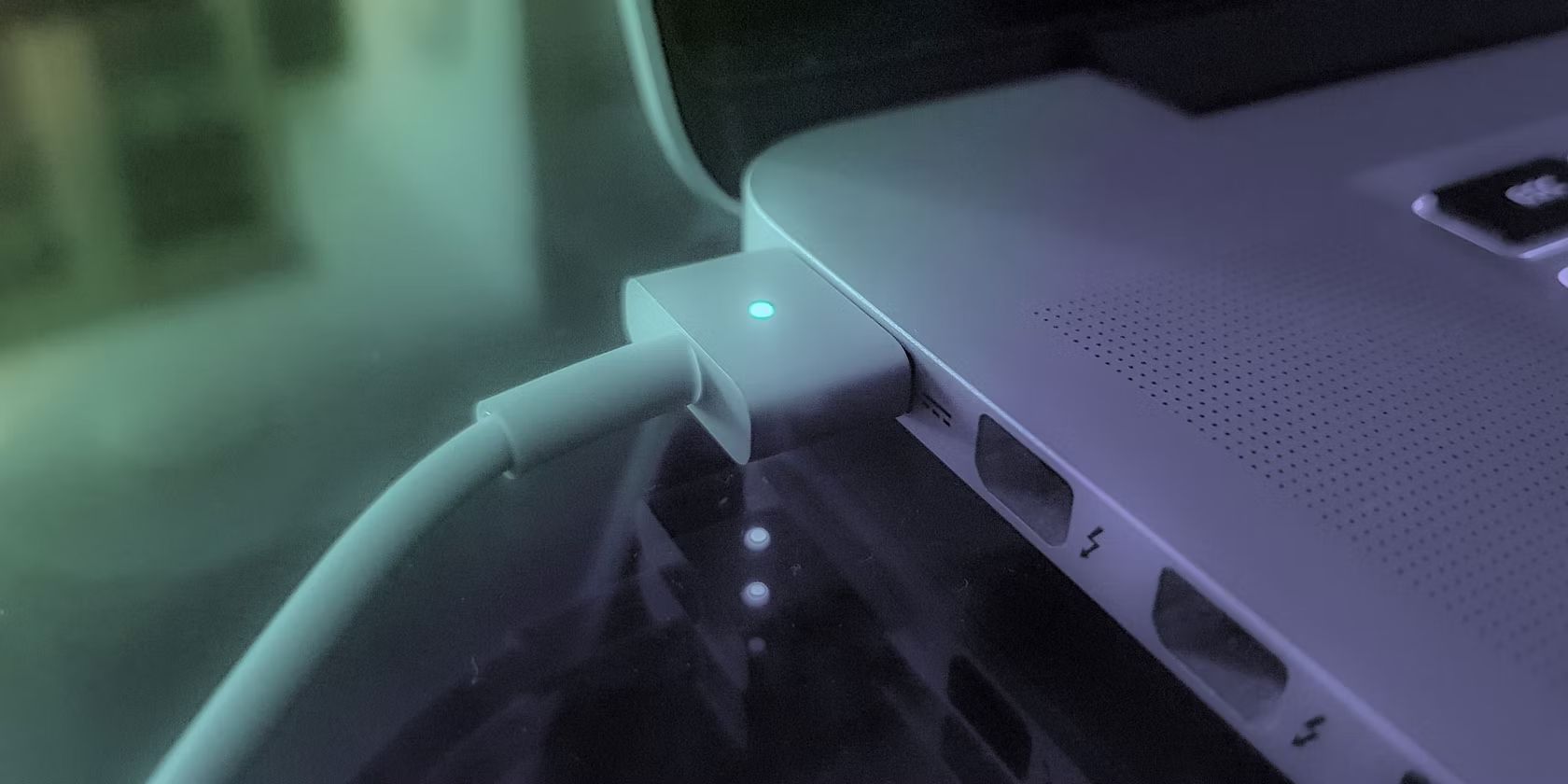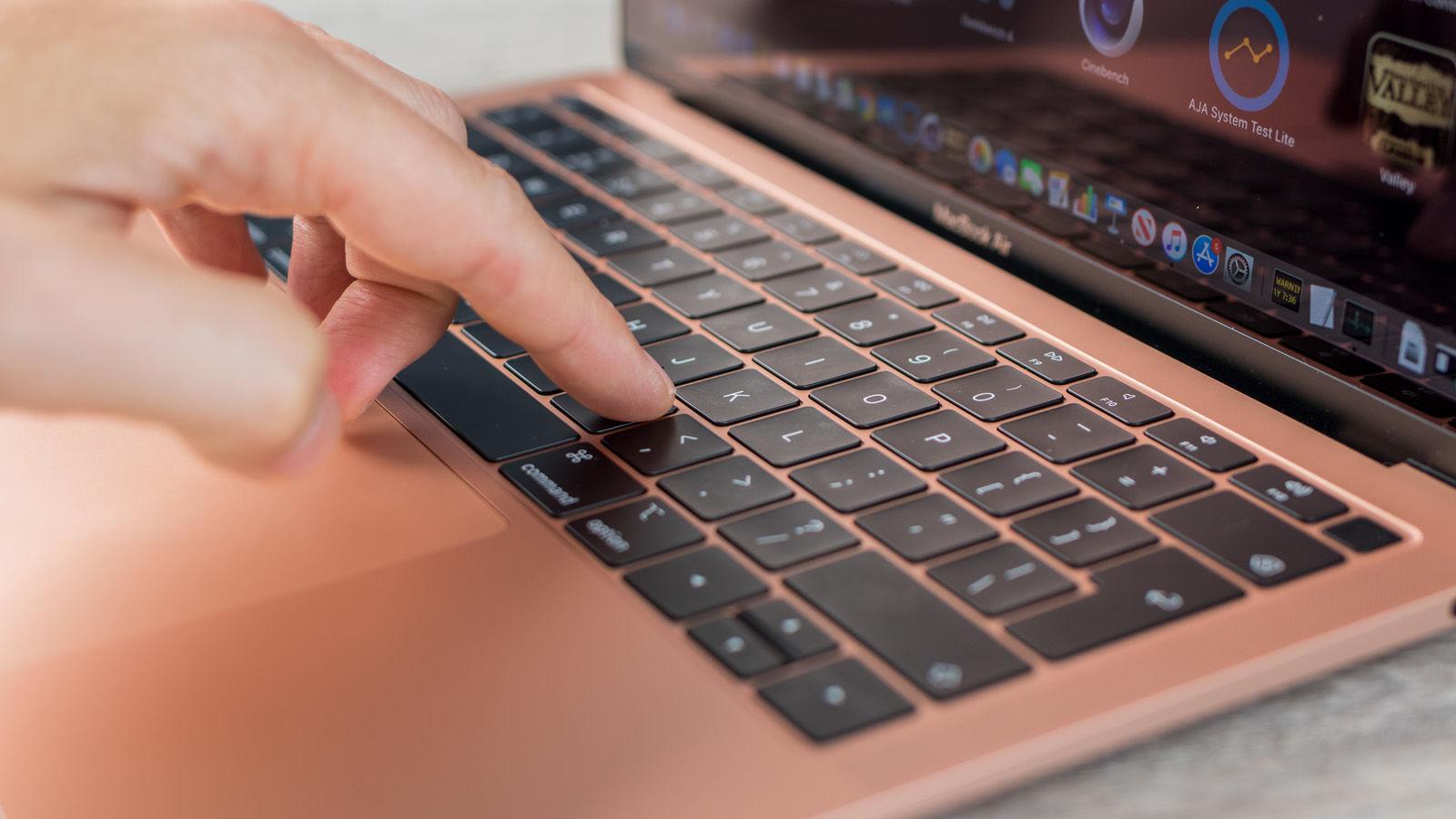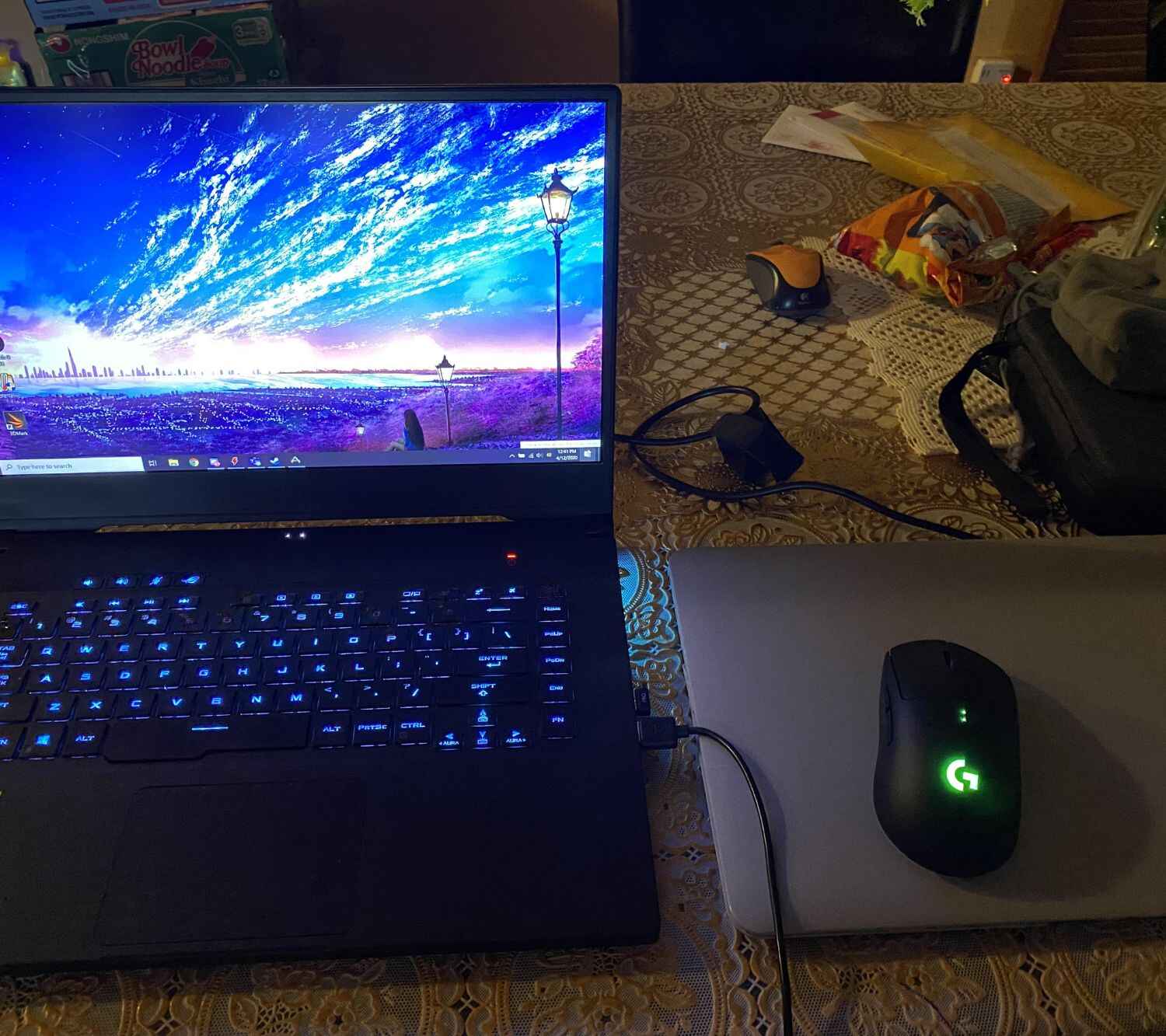Introduction
Having a MacBook Pro that won’t charge can be frustrating and inconvenient, especially when you need your device to be fully powered for work or leisure activities. If you find yourself in this predicament, you’re not alone. Many MacBook Pro users have encountered charging issues at some point.
There could be several reasons why your MacBook Pro is not charging, ranging from simple connectivity issues to more complex hardware or software problems. In this article, we will explore some of the common causes of MacBook Pro charging problems and provide you with practical solutions to try.
It’s important to note that the information provided is intended for MacBook Pro models from 2012 onwards, as the charging mechanism and troubleshooting methods may vary for older models.
Before diving into the solutions, it’s worth mentioning that you should always ensure that you are using genuine Apple power adapters and cables. Using third-party chargers or accessories could potentially cause compatibility issues and may not deliver the necessary power to charge your MacBook Pro optimally.
It’s also recommended to back up your important data regularly. While the solutions provided in this article are generally safe to perform, it’s always a good practice to have a backup in case of any unforeseen issues.
Now, let’s delve into the possible causes of your MacBook Pro not charging and learn how to resolve the issue.
Causes of a MacBook Pro Not Charging
When your MacBook Pro fails to charge, there can be various factors contributing to the problem. Understanding these causes can help you troubleshoot and fix the issue effectively. Here are some common culprits:
- Faulty Power Adapter or Cable: A damaged power adapter or cable can prevent your MacBook Pro from charging properly. Frayed wires, loose connections, or bent pins can disrupt the flow of power.
- MagSafe Connector Issues: The MagSafe connector, which attaches your power adapter to the MacBook Pro, might have gotten dirty, causing poor connectivity and preventing the charging process.
- System Management Controller (SMC) Reset: The SMC manages power-related functions on your MacBook Pro. A misconfigured or glitchy SMC can cause charging problems. Resetting it may resolve the issue.
- Drained or Failing Battery: Over time, the battery of your MacBook Pro can wear out and lose its ability to hold a charge. If your battery is significantly depleted or faulty, it may prevent proper charging.
- Software-related Issues: Sometimes, macOS software issues can interfere with normal charging. Outdated software, incompatible apps, or system glitches can disrupt the charging process.
It’s essential to identify the cause of the charging problem before moving on to solutions. By considering these potential issues, you can narrow down the troubleshooting steps and save time in resolving the problem.
Solution 1: Check the Power Adapter and Cable
One of the first things you should do when your MacBook Pro is not charging is to inspect the power adapter and cable. Here’s what you can do:
- Check for Physical Damage: Carefully examine the power adapter and cable for any visible signs of damage, such as frayed wires, bent pins, or loose connections. If you spot any damage, it’s likely the cause of the charging issue.
- Ensure a Secure Connection: Ensure that the power adapter is securely plugged into both the wall outlet and your MacBook Pro. Likewise, make sure the cable is firmly connected to the power adapter and the MagSafe connector on your MacBook Pro.
- Clean the MagSafe Connector: Over time, the MagSafe connector can accumulate dust or debris, which can interfere with the charging process. Gently clean the MagSafe connector using a soft, lint-free cloth, ensuring there is no obstruction that hinders proper connectivity.
- Use a Different Power Adapter and Cable: If you have access to another genuine Apple power adapter and cable, try using them to charge your MacBook Pro. This can help determine whether the issue lies with your current power adapter or cable.
By thoroughly inspecting and testing the power adapter and cable, you can rule out any physical damage or connectivity issues that may be preventing your MacBook Pro from charging. If these steps do not resolve the problem, it’s time to move on to the next solution.
Solution 2: Inspect the MagSafe Connector
If your MacBook Pro is still not charging after checking the power adapter and cable, it’s essential to inspect the MagSafe connector. Here’s what you can do:
- Clean the MagSafe Connector: Dust, debris, or dirt can accumulate on the MagSafe connector over time, affecting its ability to establish a solid connection. Use a soft, lint-free cloth to gently clean the connector and ensure there is no obstruction.
- Check for Bent or Damaged Pins: Examine the MagSafe connector for any bent or damaged pins. If you notice any abnormalities, it could be preventing proper charging. In such cases, it might be necessary to replace the MagSafe connector.
- Verify the LED Indicator: When you connect the power adapter to your MacBook Pro, the LED on the MagSafe connector should light up. If it doesn’t, it could indicate a problem with the connector or connection. Try connecting the power adapter to a different outlet and see if the LED turns on.
- Try a Different MacBook Pro: If possible, try connecting your power adapter to another compatible MacBook Pro to see if it charges properly. This can help determine if the issue lies with the MagSafe connector or your specific MacBook Pro.
By thoroughly inspecting and troubleshooting the MagSafe connector, you can identify any potential issues that may be causing your MacBook Pro not to charge. If the problem persists or none of these steps resolve the issue, proceed to the next solution.
Solution 3: Reset the SMC (System Management Controller)
If your MacBook Pro is still experiencing charging issues, resetting the System Management Controller (SMC) can help resolve the problem. Follow these steps to reset the SMC:
- Shut Down your MacBook Pro: Ensure your MacBook Pro is powered off by selecting Shut Down from the Apple menu or pressing and holding the power button until the screen turns off.
- Disconnect the Power Adapter: Unplug the power adapter from both your MacBook Pro and the wall outlet.
- Reset the SMC: Different MacBook Pro models have varying methods to reset the SMC. Refer to the following steps based on your model:
- MacBook Pro with Non-Removable Battery:
- Press and hold the left Shift + Control + Option keys along with the power button for about 10 seconds.
- Release all the keys and the power button at the same time.
- Press the power button to turn on your MacBook Pro.
- MacBook Pro with Removable Battery:
- Shut down your MacBook Pro.
- Remove the battery.
- Press and hold the power button for about 5 seconds.
- Reinsert the battery.
- Press the power button to turn on your MacBook Pro.
- Connect the Power Adapter and Restart: Connect the power adapter to your MacBook Pro and plug it back into a power source. Press the power button to turn on your MacBook Pro and check if the charging issue is resolved.
Resetting the SMC can often resolve charging-related problems by recalibrating the power management system. If your MacBook Pro continues to experience charging issues, proceed to the next solution.
Solution 4: Verify the Battery Health and Replace if Necessary
If your MacBook Pro is still not charging, it’s possible that the battery itself is the culprit. Follow these steps to verify the battery health and determine if it needs replacement:
- Click on the Apple Menu: Click on the Apple logo in the top-left corner of your screen and select “About This Mac” from the dropdown menu.
- Check the Battery Information: In the Overview tab, click on the “System Report” button. In the System Information window that opens, select “Power” from the left-hand sidebar. Here, you can find relevant information about your MacBook Pro’s battery, including its health status.
- Inspect the Battery Health: Look for the “Condition” or “Health Information” section. Check if it says “Normal” or indicates any problems, such as “Service Battery” or a low maximum capacity percentage. A degraded or faulty battery can potentially cause charging issues.
- Consult Apple or an Authorized Service Provider: If your battery health indicates a problem, it’s advisable to reach out to Apple Support or visit an authorized service provider. They will be able to assess the battery condition accurately and provide guidance on replacement options.
Replacing a faulty battery should only be done by professionals or Apple-certified technicians to ensure a proper and safe installation. Trying to replace the battery yourself may void your warranty or cause further damage to your MacBook Pro.
If the battery health is not the issue, proceed to the next solution to explore potential software-related causes of your MacBook Pro not charging.
Solution 5: Check for Software Issues
In some cases, software-related issues can interfere with the charging process on your MacBook Pro. Follow these steps to check for software problems:
- Update macOS: Ensure that your MacBook Pro is running the latest version of macOS. Click on the Apple logo in the top-left corner of your screen, select “System Preferences,” then choose “Software Update.” If updates are available, click “Update Now” to install them. Outdated software can sometimes cause charging anomalies.
- Quit Unnecessary Applications: Close any unnecessary applications running in the background. Certain apps may consume excessive power or cause conflicts that prevent your MacBook Pro from charging properly.
- Reset NVRAM/PRAM: NVRAM (non-volatile random-access memory) or PRAM (parameter random-access memory) stores certain settings that can affect the charging process. Resetting it may resolve software-related issues. Restart your MacBook Pro and, immediately afterward, press and hold the Option + Command + P + R keys. Continue holding the keys until you hear the startup chime twice, then release them.
- Boot into Safe Mode: Starting your MacBook Pro in Safe Mode can help diagnose software-related charging problems. Restart your MacBook Pro and hold down the Shift key after hearing the startup chime. Release the key when you see the Apple logo. If your MacBook Pro charges normally in Safe Mode, it suggests that third-party software or extensions may be causing the issue.
- Remove Incompatible Software or Extensions: If you suspect that certain software or extensions are causing the charging problem, uninstall or disable them. Check with the software developer or extension provider for compatibility updates or alternatives.
By addressing potential software issues, you can eliminate any problematic applications or settings that may be hindering the charging process. If the problem persists, consider the next solution, which involves seeking professional help.
Solution 6: Get Professional Help
If you have tried all the previous solutions and your MacBook Pro still refuses to charge, it may be time to seek professional help. Consulting an authorized Apple service provider or contacting Apple Support directly can provide you with expert assistance and guidance.
Here are a few reasons why professional help may be necessary:
- Hardware Repairs: If the issue lies with a faulty component or internal hardware, a professional technician can diagnose and repair the problem. They have the expertise and tools required to safely open your MacBook Pro and address any hardware-related issues.
- Battery Replacement: If the battery health is poor or your MacBook Pro requires a new battery, professionals can carry out the replacement process for you. This ensures a proper installation and reduces the risk of damage or complications.
- Troubleshooting Advanced Software Issues: In some cases, complex software-related problems may require in-depth analysis and debugging by professionals. They can perform diagnostics and recommend the appropriate solutions to resolve any lingering charging issues.
When seeking professional help, it’s important to reach out to authorized service providers or contact Apple Support directly. These professionals have the necessary knowledge and resources to diagnose and address MacBook Pro charging problems effectively.
Remember to provide them with detailed information about the steps you’ve already taken to troubleshoot the issue. This will allow them to better understand the situation and provide you with the most accurate and relevant assistance.
By reaching out to professionals, you can ensure that your MacBook Pro receives the proper care and attention it needs to resolve the charging problem. They can guide you through the repair or replacement process, helping restore your MacBook Pro’s functionality.









